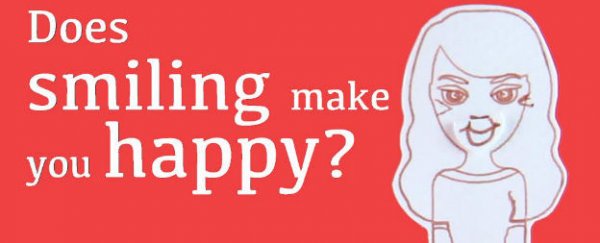Sure, a genuine smile is always better than a fake smile, but sometimes a dead-eyed grimace is all you can manage when you're stressed-out or anxious. But it turns out that in these situations, a fake smile is better than no smile at all, according to Vanessa Hill in the latest episode of BrainCraft.
It sounds strange, but in the mid-1800s, our genuine smiles got a proper, scientific name. French scientist Guillaume Duchenne was studying human emotional expressions by stimulating different areas on his subjects' faces using electrical currents. Not only did this help him to isolate the facial muscles that we use to express terror, sadness, and joy, but he was able to pinpoint the exact muscles that distinguish a fake smile from a genuine smile.
There's the orbicularis oculi, which is a muscle just under our eyes, and there's the zygomaticus major, on the side of our cheeks. When both muscles are working together to create a genuine smile, psychologists call it a Duchenne smile.
Inspired by Duchenne's research, Charles Darwin suggested that our facial expressions actively influence our mood. So making a fearful expression will make you feel more fearful, and smiling will make you feel more happy. It's called the facial feedback hypothesis, says Vanessa Hill for BrainCraft, and it just might work. "One study found that when participants were asked to fake a smile while completing a stressful activity, they had lower heart rates during a stress recovery period than those with a neutral expression," she says.
How exactly does this work? Watch the latest episode of BrainCraft above to find out why saying cheese is good for you.
Source: BrainCraft
